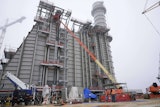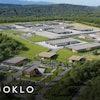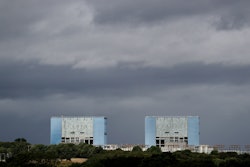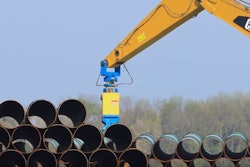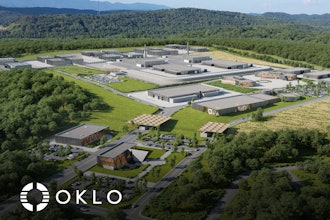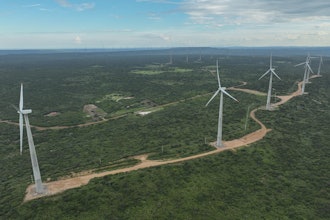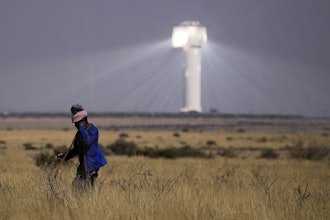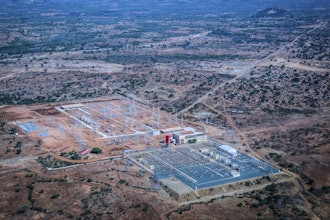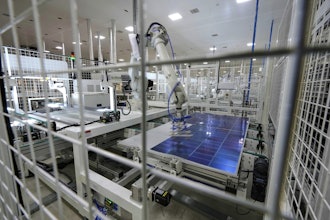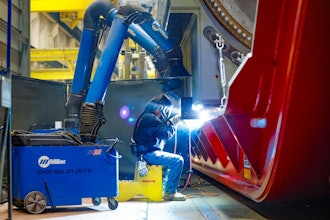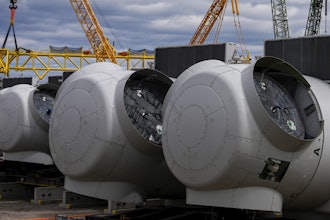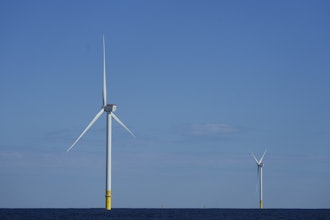Chances are, energy is a significant component of your firm’s operations cost — often on par with materials or labor costs to run your plants. Despite this, manufacturing executives don’t always consider the potential of energy management in gaining a competitive advantage.
Executives at leading companies proactively make energy a strategic priority, and incorporate energy management into their daily operating decisions at all levels. But lagging companies don’t manage energy at all, and often cite the same challenges preventing them from tackling energy costs. This post, inspired by our many conversations with VPs and other key energy decision-makers, helps debunk some of the commonly held assumptions about energy costs that prevent many executives from realizing the full benefits of energy management.
Myth 1 — Energy costs are a fixed cost of doing business.
There’s no escaping it — energy is a critical input to your business, whether it’s used to keep your staff comfortable, convert iron into steel or mold plastic products. In general, increasing your business outputs increases your energy bills, and some operations managers even track their output based on energy costs. But very few firms scrutinize their energy bills to understand whether these costs are controllable, as most assume that energy is a fixed cost of doing business. It’s not. In reality, tracking and investigating the various line items of your energy bills is a key first step toward controlling energy costs. Some aspects are fixed, but the vast majority of charges can be addressed.
Demand charges are a great example of controllable energy costs — you’re paying a premium for the ability to consume energy at a certain time, but your team can reduce costs by simply shifting operations to different times of the day. This isn’t always an overnight change, as adjusting operations between shifts can require changes of personnel and processes. Still, your billing history and better visibility into your energy data can help inform an intelligent conversation within your operations team to assess the costs and benefits of those adjustments.
Myth 2 — Energy is important, but takes a back seat to more important operating decisions.
Part of the reason many operations executives ignore energy management is that they’re focused on bigger-picture decisions, like planning plant expansions and consolidation, preparing annual budgets and forecasting market dynamics that will impact their operation. What many executives overlook is that energy management is a critical strategy in long-term operations planning. For example, when planning a new facility, you can substantially reduce future operational costs by specifying energy efficient equipment and designing operations to follow best practices from your top-performing sites. This is especially true for large, continuous-process operations, whose specialized machinery is often highly capital intensive and where opportunities to make changes to equipment and facility operations are few and far between.
The most effective organizations integrate energy into all levels of decision making, allowing employees on the shop floor and mechanical room to have an impact on organizational cost-reduction goals. For instance, training employees on the value of energy management can help wastewater treatment plants tackle demand charges. While the most important operating decisions are those that impact the overall plant output, energy-savvy operating staff can make tactical decisions like staggering non-essential equipment operation to minimize the facility’s demand during peak periods.
Myth 3 — Understanding energy costs won’t help the bottom line.
Finally, we encounter executives who ignore their utility bills and energy data because they’re too focused on taking action. One common approach to energy management is focusing exclusively on capital expenses like new equipment — a valid strategy, provided the firm has enough capital to make investments in efficient equipment. For industrial plants with specialized equipment, though, the cost of replacing production lines makes this approach a non-starter, leaving executives with the sense that they can’t do anything to control their costs. While digging into energy bills might seem less impactful than installing variable frequency drives on your large motors, understanding the major drivers of your energy costs has immense value. For example, even if you’re paying a fixed price for electricity, managing your load factor and peak demand could improve your supply price for electricity, whether by reducing your supplier risk premium in competitive markets or by navigating to a more advantageous rate class in regulated areas.
By challenging these myths, operations leaders can set their organization on a path to best-in-class energy management. It’s easy to get started by taking a closer look at the three main drivers of energy costs: how energy is bought, how much energy is used and when energy is used. By getting a clear understanding of your energy usage and costs, any organization will be well down the path.
John DuPont is principal of distributor energy resources at EnerNOC.
